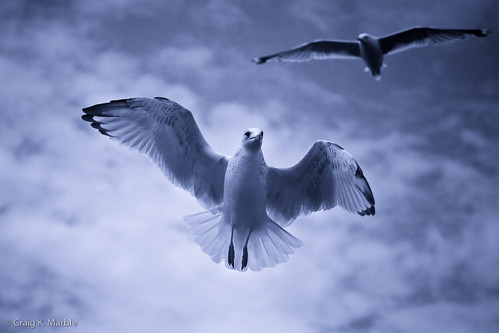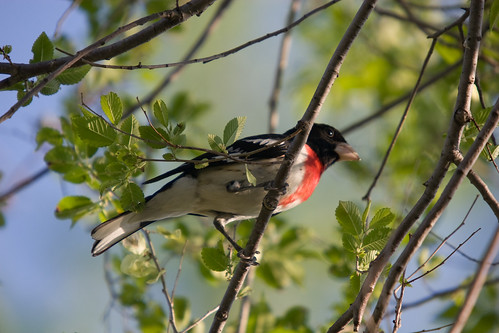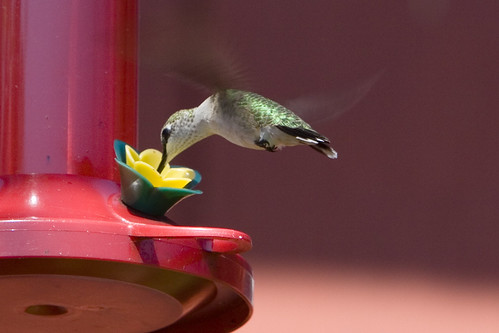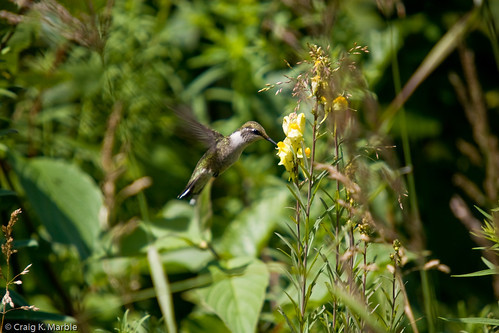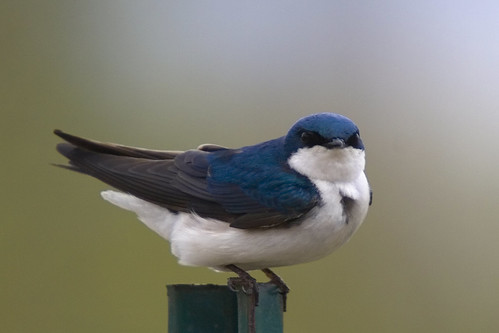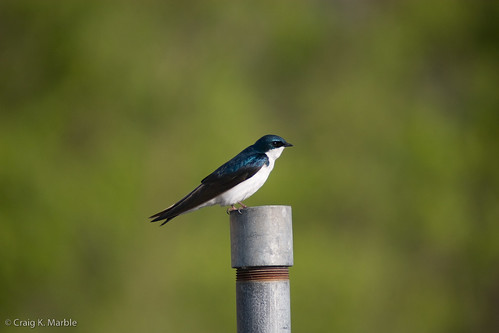- Young Ring-billed Gulls tested at only two days of age showed a preference for magnetic bearings that would take them in the appropriate direction for their fall migration.
- Many, if not most, Ring-billed Gulls return to breed at the colony where they hatched. Once they have bred, they are likely to return to the same breeding spot each year, often nesting within a few meters of the last year's nest site.
- Although it is considered a typical large white-headed gull, the Ring-billed Gull has been known to hybridize only with smaller, black-headed species, such as Franklin's, Black-headed, and Laughing gulls.
Ring-billed Gull (Developing done in Adobe Photoshop Lightroom)
